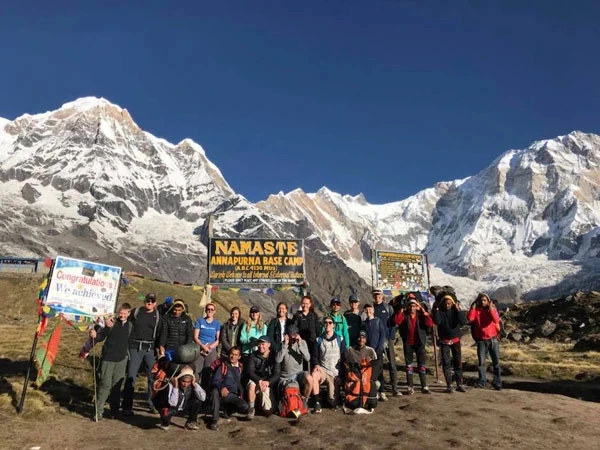Annapurna Dhaulagiri Trek is a less explored trekking destination in the heart of Annapurna Region. Being so close with many popular treks such as Ghorepani Poonhill Trek and Annapurna Base Camp Trek, this trek is still unknown to many travelers which offers a thrilling off the beaten path trekking experience to everyone. With some of the amazing panoramic views of the Annapurna and Dhaulagiri Range, this region is perfect for travelers looking for less crowded trails in Nepal.
Annapurna Dhaulagiri Trek, also commonly known as Khopra Ridge / Danda Trek is an easy trek in the Annapurna that allows the travelers to go deep into dense forests along with climbs up to grassy pastures. People with kids or old age citizens anyone will be able to complete the trek without any difficulty.
Another special feature of this trek is to witness magical sunrises from multiple spots i.e Poonhill (3,210 m / 10,531 ft) and Muldai View Point (3,637m / 11,932 ft). The panoramic view of Dhaulagiri I, Annapurna I, Tukuche Peak, Nilgiri South and North, Annapurna South, Hiuchuli, Machhapuchre (Fishtail) from these sunrise spots can leave you speechless.
Along with gorgeous mountain sceneries, Annapurna Dhaulagiri Trek offers amazing sites of Rhododendron blooming during March – April which adds up to the beauty of this region. The trail is filled with huge Rhododendron trees that keep the travelers in shock if seen during its peak blooming season.
Being one of the youngest trekking trails in the Annapurna Region, Khopra Ridge Trek offers the travelers the authentic and raw experience of trekking with very basic facilities compared to other destinations of this region. It wouldn’t be wrong to state that "Annapurna Dhaulagiri Trek takes you back in time."
The trail to Khopra Danda is narrow that enters into dense forests, crosses many streams and winds up along the valleys. The hospitality and love of the locals during the trek is unmatched and will melt your heart. Exploring the villages of Ghandruk, Swanta, Poonhill, Ulleri while interacting with the locals will be a unique experience to cherish forever.
Highlights of Annapurna Dhaulagiri Trek
- Scenic Mountain Flight to and from Pokhara.
- Exploring the off the beaten path trail in Annapurna Region
- Two magnificent sunrises from Muldai View Point and Poonhill.
- Sunset from Khopra Ridge with an amazing view of the surrounding valleys and mountain range.
- Learning about the culture and tradition of ethnic communities along the trail.
- Visit of Gurung Museum at Ghandruk.
- Hike to Sacred Khayer Lake with glorious mountain vistas.
- Exploring UNESCO listed World Heritage Sites in Kathmandu.
Why Annapurna Dhaulagiri Trek with Adventure Treks Nepal?
- Accompanied by professional, government certified and experienced Guides along with super strong Porters.
- Assist during the preparation of Trekking Permits i.e. ACAP Permit and TIMS.
- First Aid kit with oximeter, Acetazolamide (Medicine for high Altitude Sickness) which will be carried by the Guide.
- Experienced Administrative Team with Experience of More than 30 years.
- Trusted by travelers from around the world.
- Hassle Free Booking Process.
- Listen to your needs and tailor crafts each trip for our valued customers.



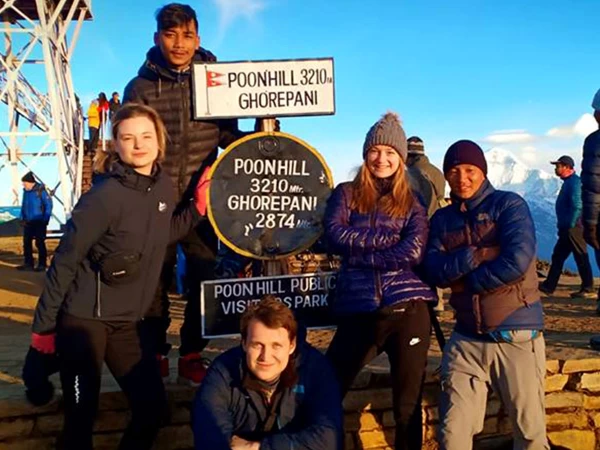
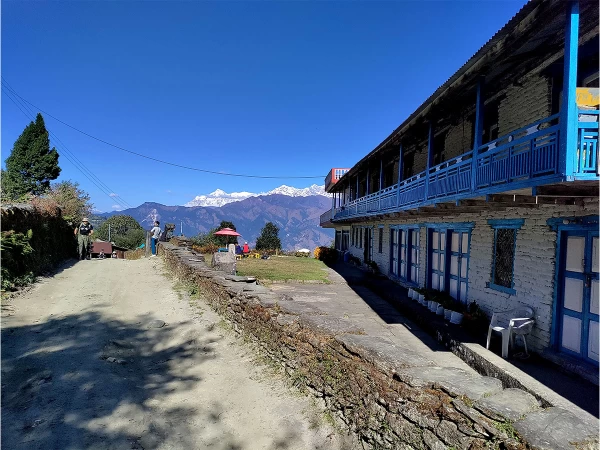
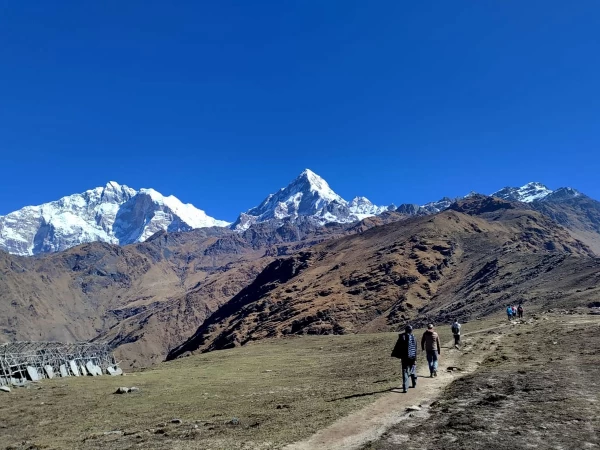
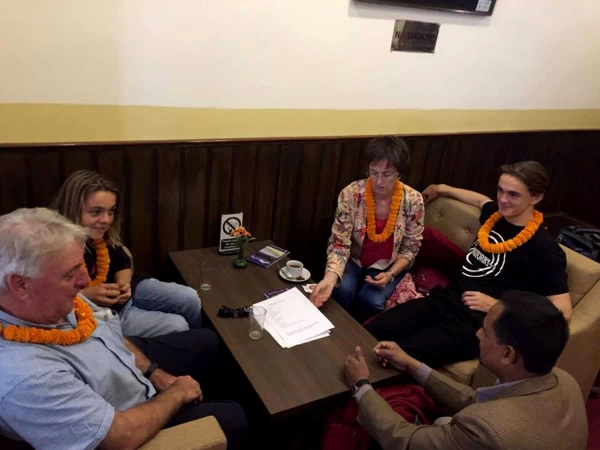

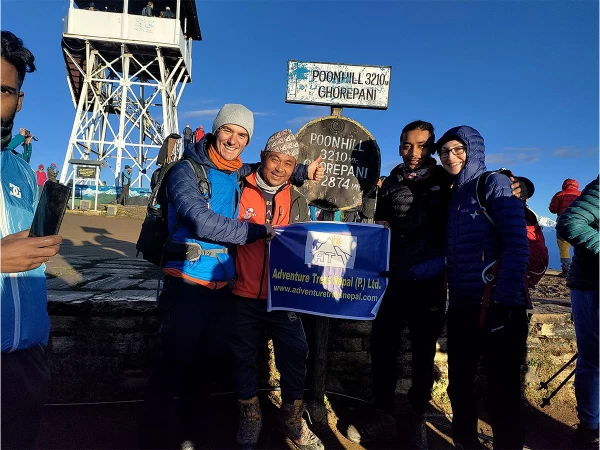
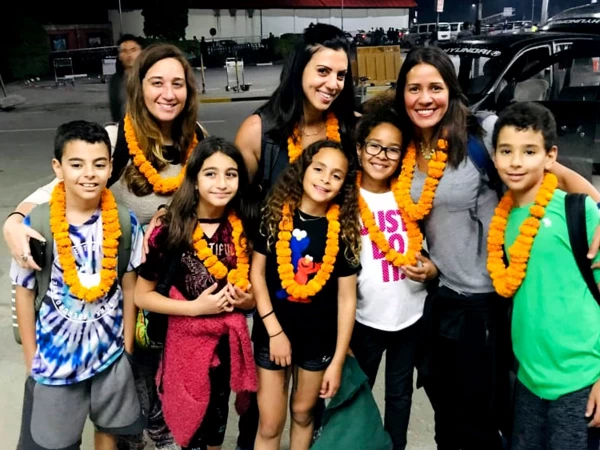
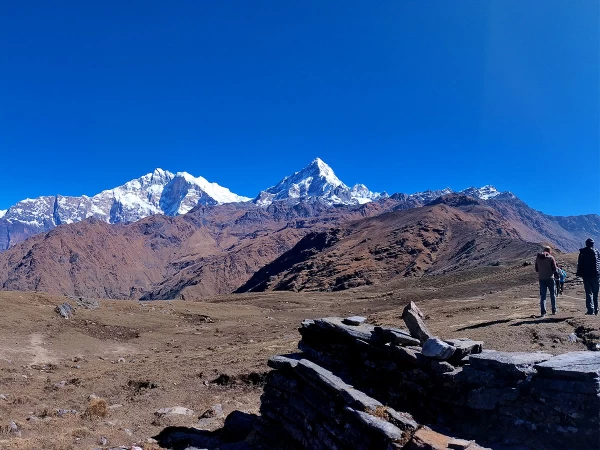

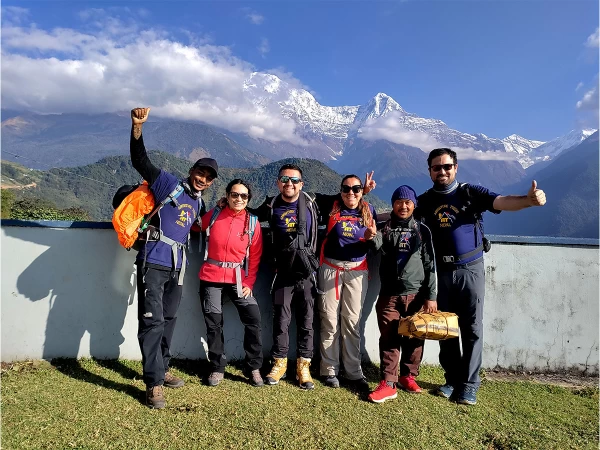
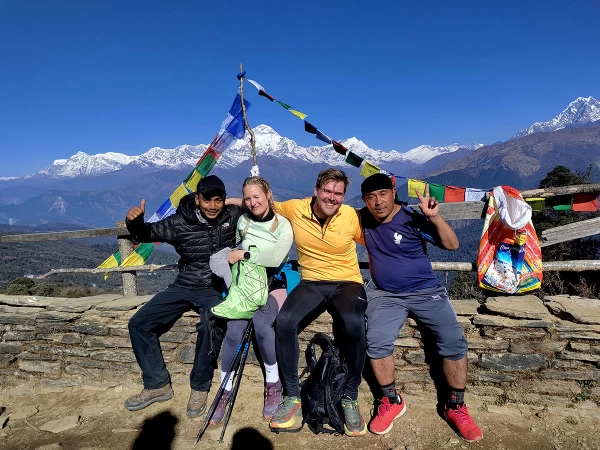
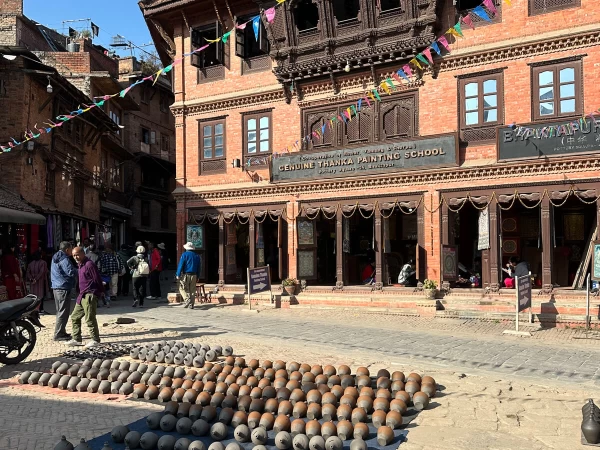


.jpeg)

.jpeg)
.jpeg)

